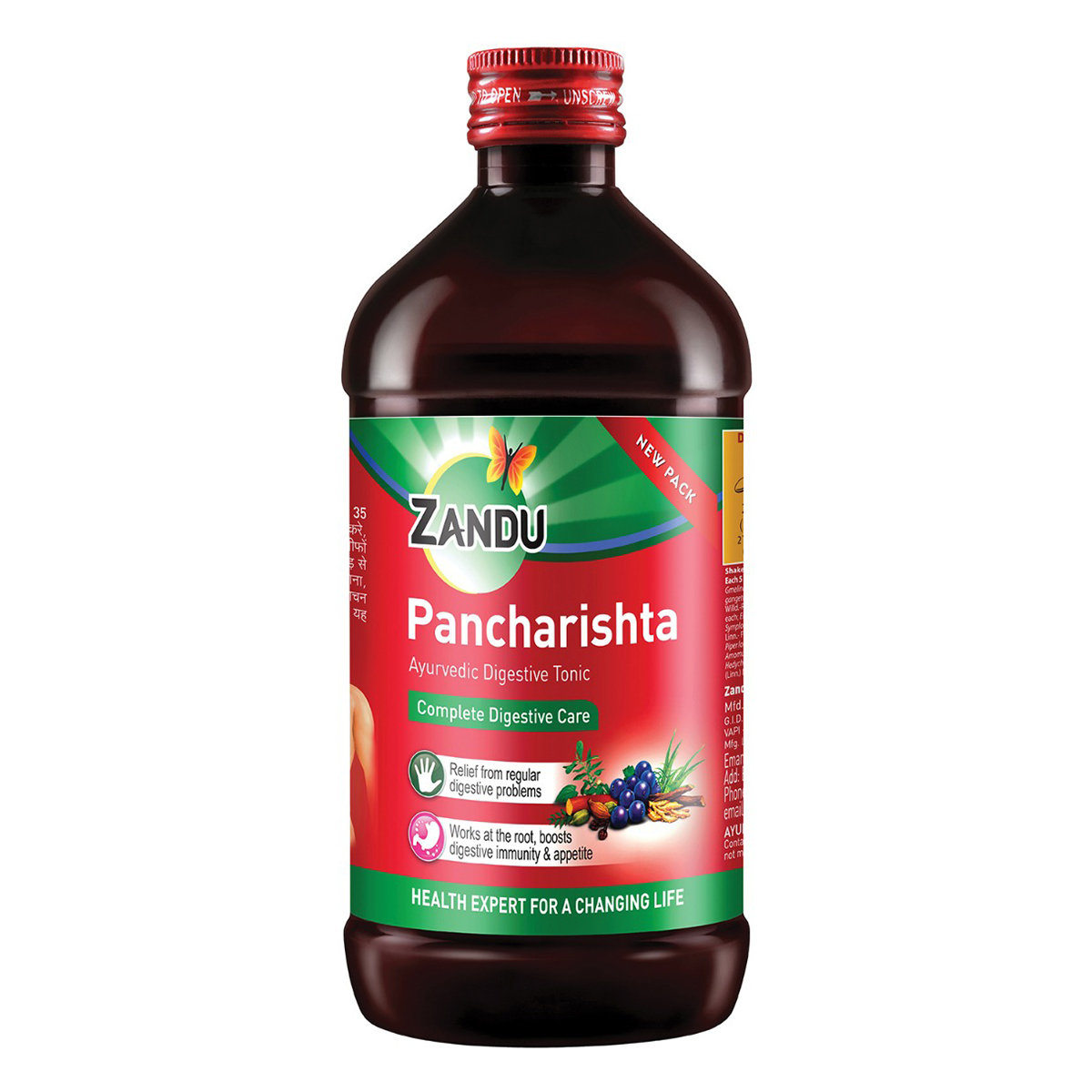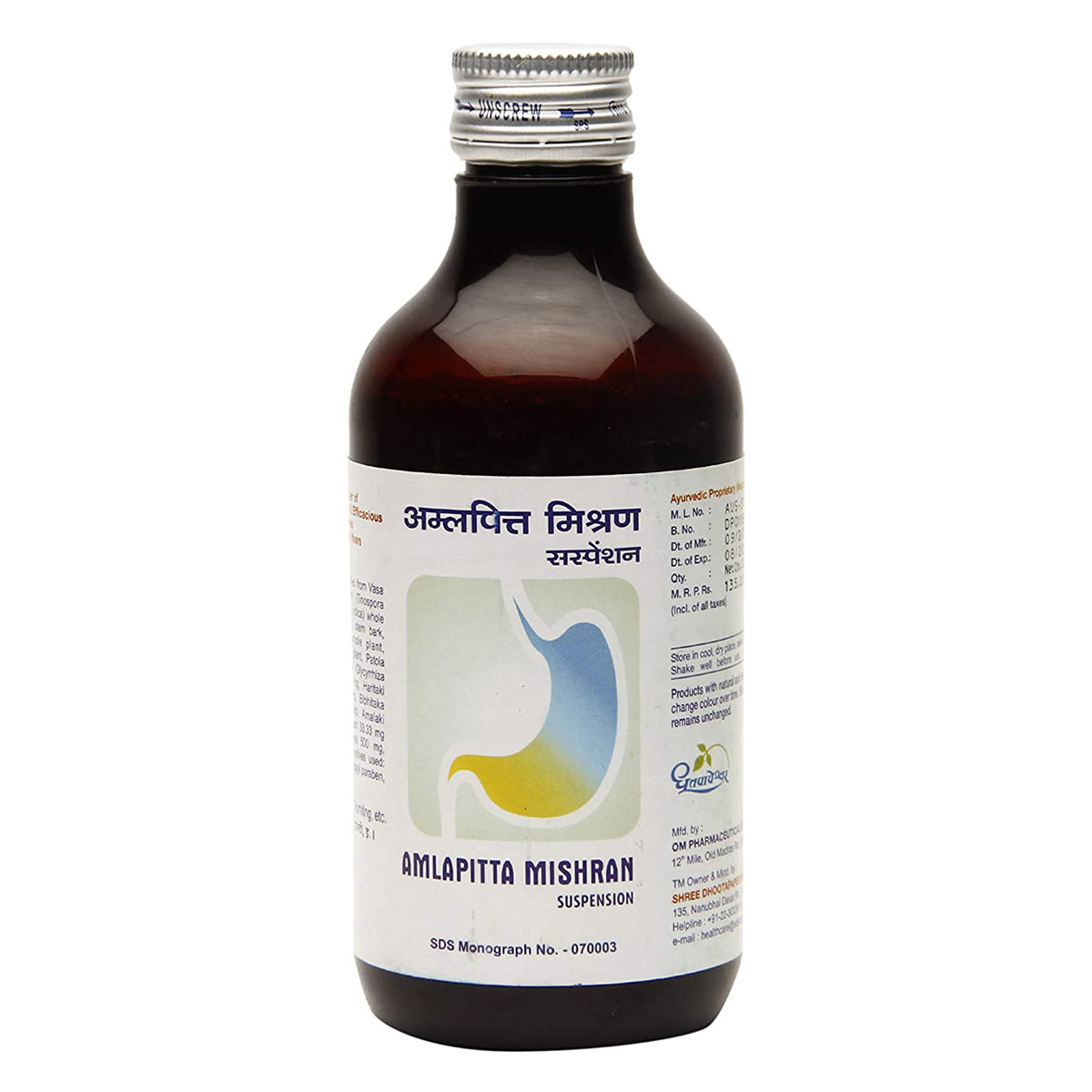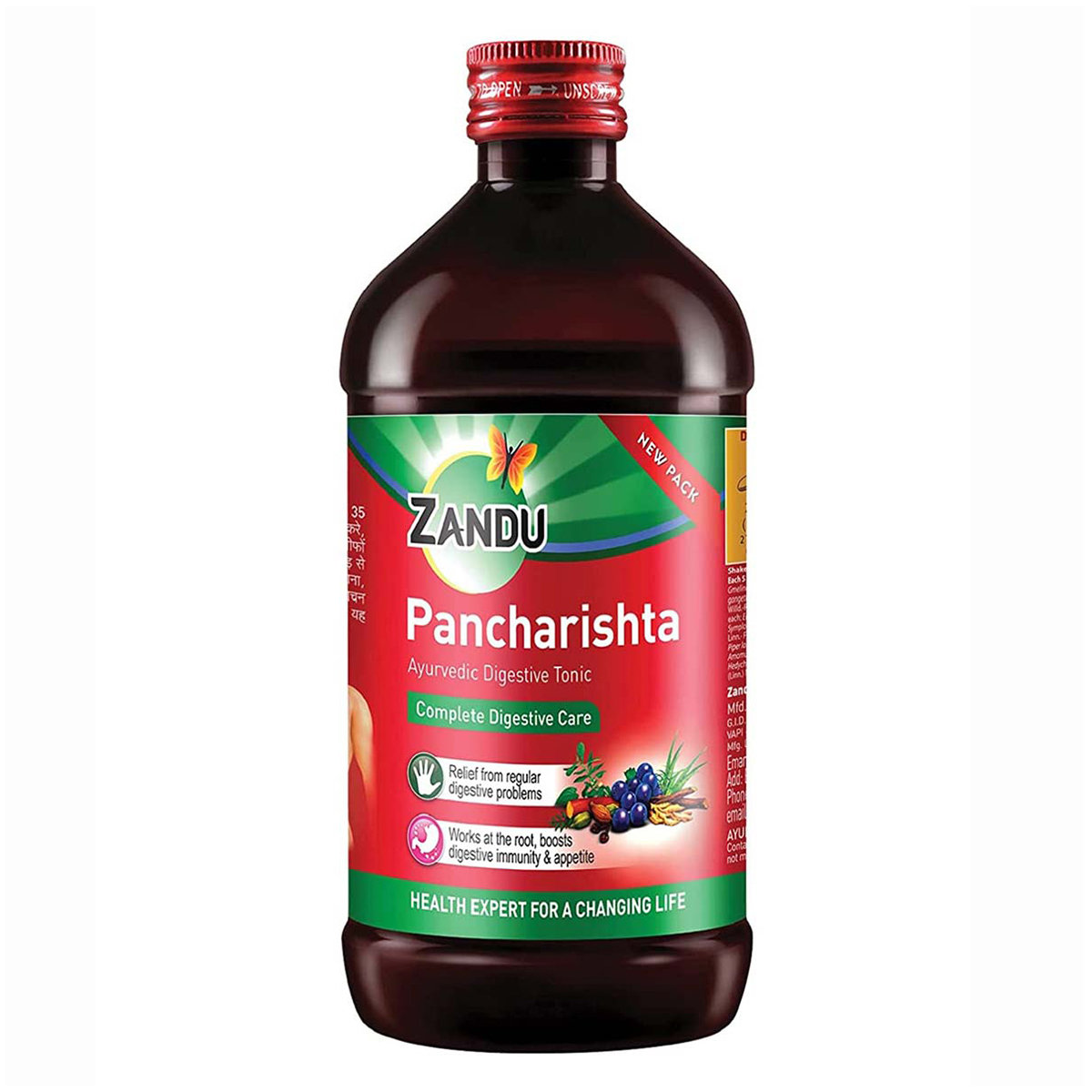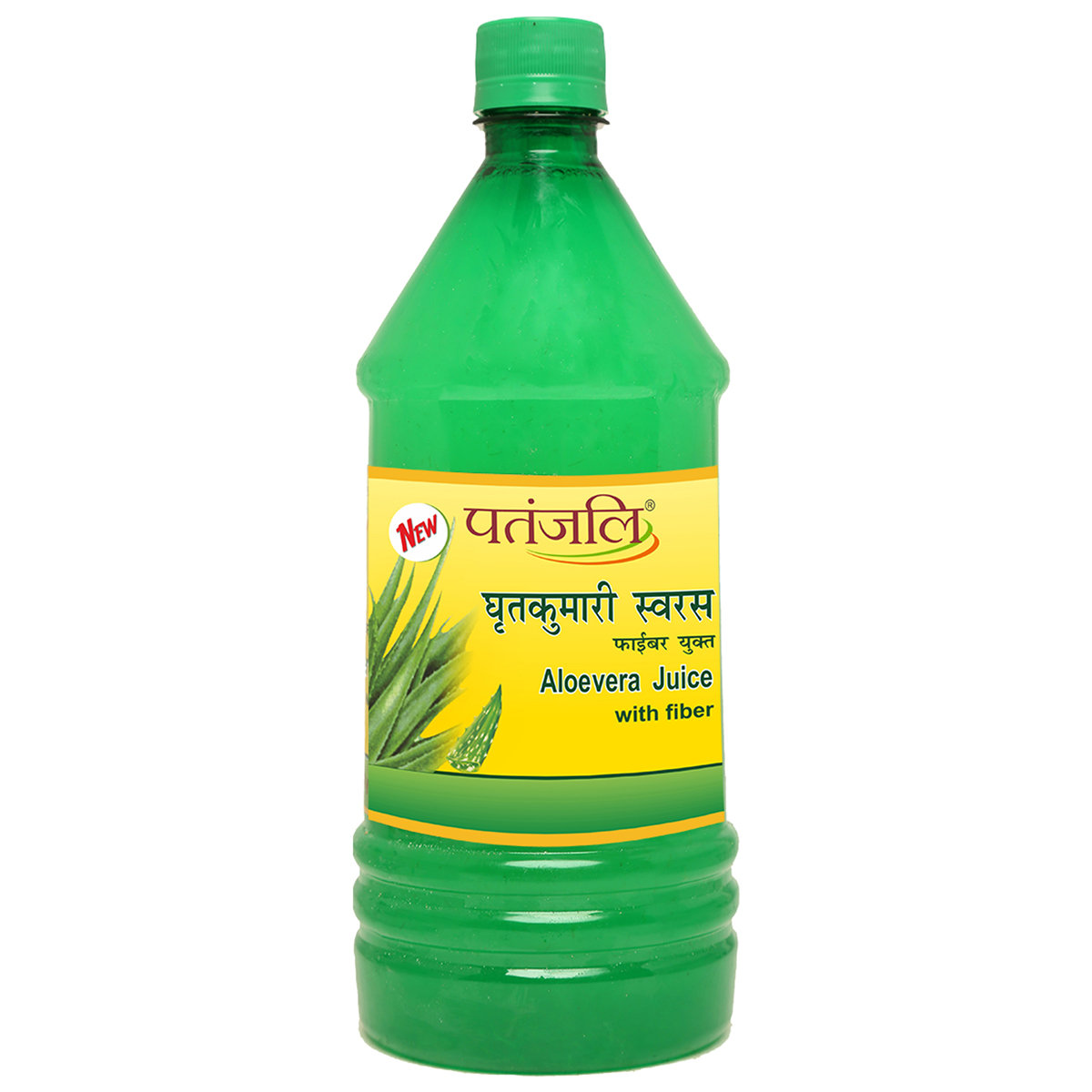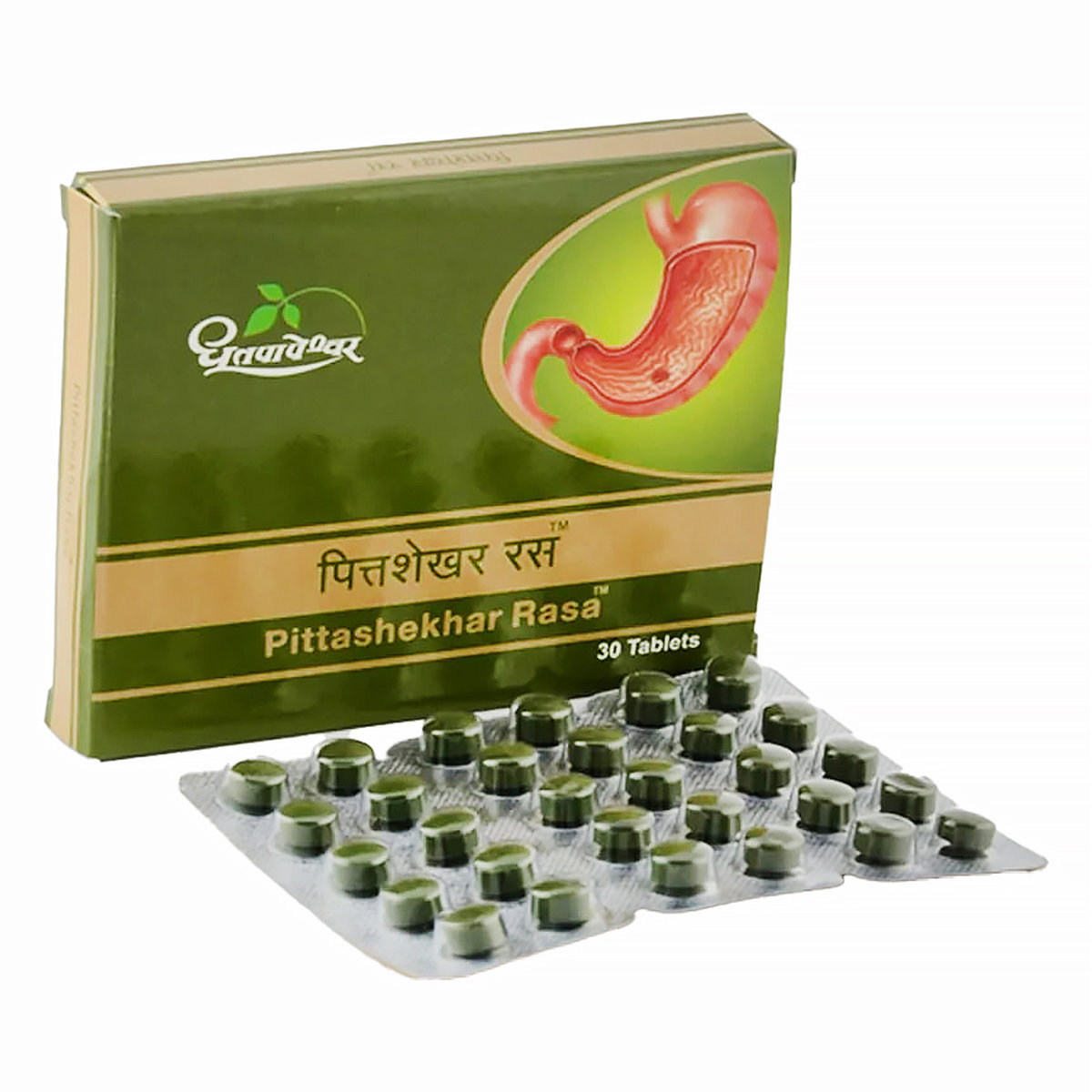Anafortan Injection 2 ml
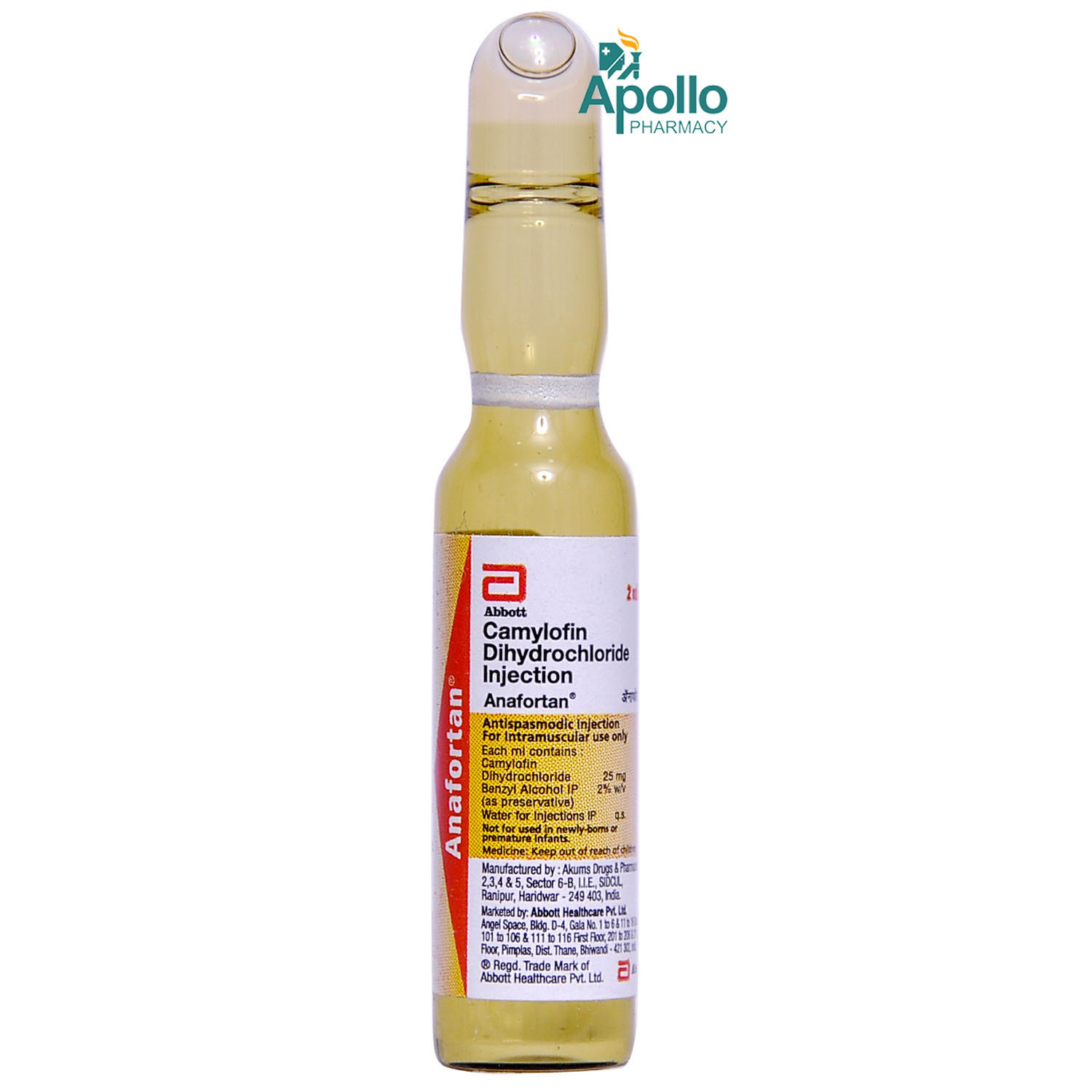
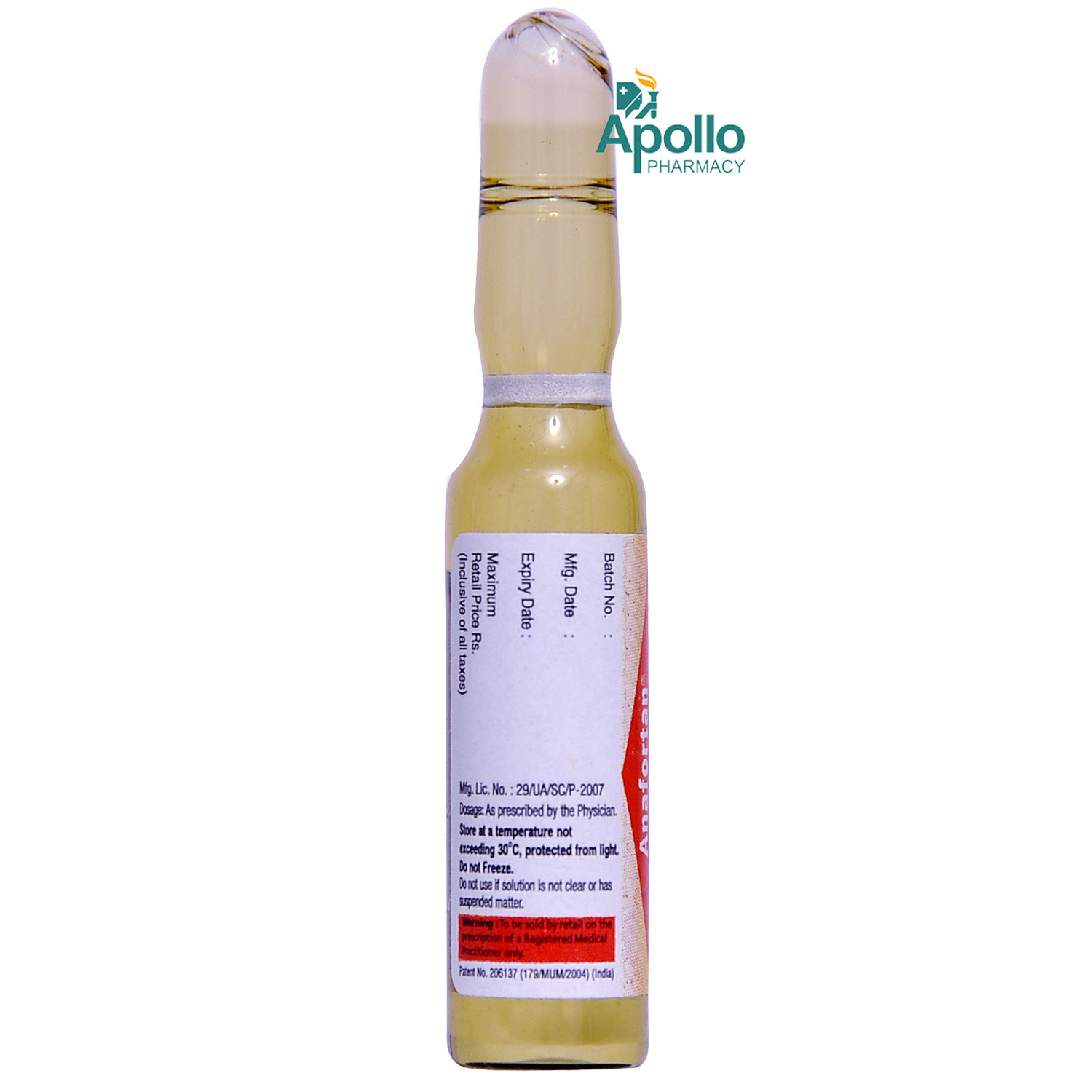
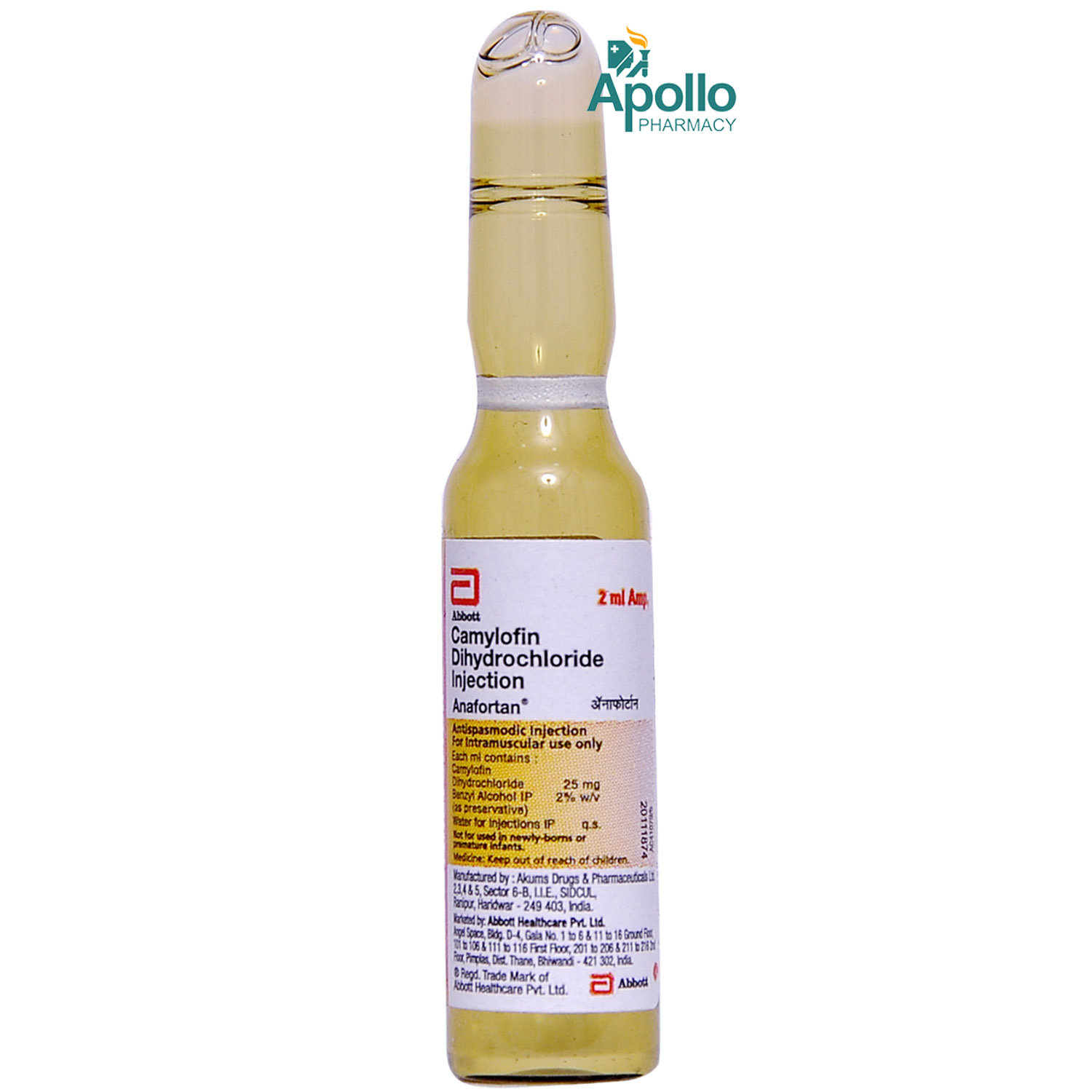
MRP ₹37
(Inclusive of all Taxes)
₹5.5 Cashback (15%)
know your delivery time
Provide Delivery Location
Composition :
Manufacturer/Marketer :
Consume Type :
Expires on or after :
Return Policy :

Secure Payment

Trusted by 8 Crore Indians

Genuine Products
Therapeutic Class
Country of origin
Manufacturer/Marketer address
Disclaimer
Alcohol
Safe if prescribed
You are recommended not to consume alcohol along with Anafortan Injection 2 ml, which can damage your liver.
Pregnancy
Consult your doctor
Anafortan Injection 2 ml should be used during pregnancy only after discussing with a doctor and if the potential benefit outweighs the potential risk to the fetus.
Breast Feeding
Consult your doctor
Anafortan Injection 2 ml should not be used if you are breastfeeding. Anafortan Injection 2 ml passes into breast milk, so it is not recommended for use during breastfeeding unless considered essential by your doctor.
Driving
Safe if prescribed
Anafortan Injection 2 ml may cause dizziness, drowsiness and visual disturbances, which may affect their ability to drive or operate machinery. Make sure you are not affected before driving or operating machinery.
Liver
Consult your doctor
If you have a pre-existing history of liver disease, inform your doctor before receiving Anafortan Injection 2 ml. Your doctor may adjust the dose of this medicine or prescribe a suitable alternative based on your condition.
Kidney
Consult your doctor
If you have a pre-existing or a history of kidney diseases, inform your doctor before receiving Anafortan Injection 2 ml. Your doctor may adjust the dose of this medicine or prescribe a suitable alternative based on your condition.
Children
Safe if prescribed
Anafortan Injection 2 ml is not to be used in children below 12 years of age.
Product Substitutes
About Anafortan Injection 2 ml
Anafortan Injection 2 ml belongs to a group of drugs called 'anticholinergics', used to reduce abdominal pain caused due to intestinal colic, biliary colic, renal colic, and dysmenorrhoea (irregular periods/menses). A muscle spasm is an involuntary contraction of a muscle that can cause a great deal of pain. These cramps can range from mild to severe.
Anafortan Injection 2 ml consists of 'Camylofin (antispasmodic)'. Camylofin helps in blocking the activity of certain natural substances in the body responsible for causing pain. It also relaxes the muscles in the stomach to relieve sudden muscle contractions. In this way, it effectively reduces abdominal pain.
Anafortan Injection 2 ml will be administered by a healthcare professional; do not self-administer. Some people may experience dizziness, nausea (feeling sick), digestion problems (constipation, flatulence, diarrhoea) and skin reactions (like rashes and hives). Most of the side effects of Anafortan Injection 2 ml do not require medical attention and gradually resolve over time. However, if the side effects are persistent, reach out to your doctor.
If you are allergic to Camylofin or any other medicines, please tell your doctor before receiving Anafortan Injection 2 ml. Anafortan Injection 2 ml should be taken with caution in individuals living with ulcerative colitis, tachycardia (fast heart rate) and ulcerative colitis. This medicine should be used carefully in elderly patients, and pregnant and breastfeeding women.
Uses of Anafortan Injection 2 ml
Medicinal Benefits Mweb
Key Benefits
Anafortan Injection 2 ml is used in the treatment of abdominal pain. This drug blocks the action of certain enzymes and chemicals in the body resulting in the control of contractions of muscles. This way, it relieves bloating, urinary tract infections, stomach pain, cramps and painful menstrual periods.
Directions for Use
Side Effects of Anafortan Injection 2 ml
- Dizziness
- Nausea
- Appetite loss
- Dryness of mouth
- Digestion problems (like constipation, flatulence, diarrhoea)
- Increased Heart Rate
- Pupil dilation
- Dry Skin
- Dry Mouth
- Difficulty Or Painful Urination
- Photophobia
Drug Warnings
Do not take Anafortan Injection 2 ml if you have allergies to any of its components or painkillers. Please inform your doctor if you are a pregnant or breastfeeding mother before receiving Anafortan Injection 2 ml. You are recommended not to take alcohol along with Anafortan Injection 2 ml to avoid unpleasant side effects. Avoid driving or performing any other activity that requires concentration after taking Anafortan Injection 2 ml as it may cause drowsiness or blurred vision. Always keep your doctor informed about the ongoing medications or the ones you have taken in the past, including over-the-counter medicines and herbal medicines. Patients taking Anafortan Injection 2 ml and blood thinners should be monitored for appropriate coagulation and bleeding complications. If you have asthma, heart, kidney or liver conditions, inform your doctor before receiving Anafortan Injection 2 ml.
Drug-Drug Interactions
Drug-Drug Interactions
Login/Sign Up
Drug-Food Interactions
Drug-Food Interactions
Login/Sign Up
Drug-Diseases Interactions
Drug-Diseases Interactions
Login/Sign Up
Drug-Drug Interactions Checker List
- METHOTREXATE
- AMANTADINE
- RIFAMPICIN
- ISONIAZID
- WARFARIN
Habit Forming
Special Advise
- Your doctor may advise regular eye examination during the use of Anafortan Injection 2 ml, as it may worsen the symptoms of glaucoma.
- Inform your doctor if you have benign prostatic hypertrophy, or mechanical obstructions of the gastrointestinal tract, as Anafortan Injection 2 ml may worsen the conditions.
Diet & Lifestyle Advise
- Include more glucosamine, chondroitin sulfate, Vitamin D, and calcium-enriched supplements. Besides this, turmeric and fish oils can help in reducing pain and inflammation in the tissue.
- Please do not go for heavy exercise as it may increase your abdominal pain. Instead, you can do stretching, low-impact aerobic exercise (like walking on the treadmill, bike riding, and swimming), and simple forms of yoga. You can also strengthen your muscle strength by lifting light weights and doing muscle stretching regularly.
- Your sitting posture is important, especially when you have pain and inflammation condition. Try to sit as little as possible and only for a short time (10-15 min). Use back support like a rolled-up towel at the back of your curve to minimize pain. Keep your knees and hips at a right angle.
- You can consume caffeine but not too much, as high caffeine intake may cause irritability, poor sleep and menstrual cramps.
All Substitutes & Brand Comparisons
RX
ANAFORTAN INJECTION 20ML
Khandelwal Laboratories Pvt Ltd
₹117
(₹5.27/ 1ml)
68% CHEAPERRX
Out of StockAvapar Injection 2 ml
Khandelwal Laboratories Pvt Ltd
₹19.62
(₹9.81/ 1ml)
41% CHEAPER
Buy best Gastro Enterology products by
Abbott India Ltd
Sun Pharmaceutical Industries Ltd
Alkem Laboratories Ltd
Cipla Ltd
Torrent Pharmaceuticals Ltd
Intas Pharmaceuticals Ltd
Mankind Pharma Pvt Ltd
Lupin Ltd
Dr Reddy's Laboratories Ltd
Aristo Pharmaceuticals Pvt Ltd
Alembic Pharmaceuticals Ltd
Wallace Pharmaceuticals Pvt Ltd
La Renon Healthcare Pvt Ltd
Leeford Healthcare Ltd
Macleods Pharmaceuticals Ltd
J B Chemicals & Pharmaceuticals Ltd
Zydus Healthcare Ltd
Micro Labs Ltd
Zydus Cadila
Fourrts India Laboratories Pvt Ltd
Morepen Laboratories Ltd
Zuventus Healthcare Ltd
FDC Ltd
Eris Life Sciences Ltd
Cadila Pharmaceuticals Ltd
Medishri Healthcare Pvt Ltd
Alniche Life Sciences Pvt Ltd
Medley Pharmaceuticals Ltd
Tas Med India Pvt Ltd
Signova Pharma
Tablets India Ltd
Elder Pharmaceuticals Ltd
Wockhardt Ltd
Emcure Pharmaceuticals Ltd
Sanatra Healthcare Ltd
Glenmark Pharmaceuticals Ltd
Blue Cross Laboratories Pvt Ltd
East West Pharma India Pvt Ltd
Hetero Drugs Ltd
Indoco Remedies Ltd
Vasu Organics Pvt Ltd
Biological E Ltd
Primus Remedies Pvt Ltd
Akumentis Healthcare Ltd
Corona Remedies Pvt Ltd
Pfizer Ltd
Albert David Ltd
DR Johns Lab Pharma Pvt Ltd
Ajanta Pharma Ltd
Cadila Healthcare Ltd
Ipca Laboratories Ltd
Ordain Health Care Global Pvt Ltd
Systopic Laboratories Pvt Ltd
Ozone Pharmaceuticals Ltd
Foregen Healthcare Ltd
Medgen Drugs And Laboratories Pvt Ltd
Panacea Biotec Ltd
Samarth Life Sciences Pvt Ltd
Shine Pharmaceuticals Ltd
Adonis Laboratories Pvt Ltd
Dey's Medical Stores (Mfg) Ltd
Eskag Pharma Pvt Ltd
Hetero Healthcare Pvt Ltd
Indchemie Health Specialities Pvt Ltd
Meyer Organics Pvt Ltd
RPG Life Sciences Ltd
Troikaa Pharmaceuticals Ltd
Biochem Pharmaceutical Industries Ltd
Shreya Life Sciences Pvt Ltd
Sinsan Pharmaceuticals Pvt Ltd
3M India Ltd
Chemo Healthcare Pvt Ltd
Levin Life Sciences Pvt Ltd
Meridian Enterprises Pvt Ltd
Overseas Health Care Pvt Ltd
Saf Fermion Ltd
Sanzyme Pvt Ltd
Steris Healthcare
USV Pvt Ltd
Seagull Pharmaceutical Pvt Ltd
Votary Laboratories (India) Ltd
Win Medicare Ltd
Yuventis Pharmaceuticals
Aar Ess Remedies Pvt Ltd
Caplet India Pvt Ltd
Piramal Enterprises Ltd
Sanofi India Ltd
Cnx Health Care Pvt Ltd
Galpha Laboratories Ltd
Intra Labs India Pvt Ltd
Kinesis Pharmaceuticals Pvt Ltd
Msn Laboratories Pvt Ltd
Olcare Laboratories Pvt Ltd
Rapross Pharmaceuticals Pvt Ltd
Ronyd Healthcare Pvt Ltd
Saffron Therapeutics Pvt Ltd
Solariz Healthcare Pvt Ltd
Syndicate Life Sciences Pvt Ltd
Aurz Pharmaceutical Pvt Ltd
Biophar Lifesciences Pvt Ltd
Frequently Bought Together
Customers Also Bought





